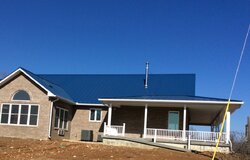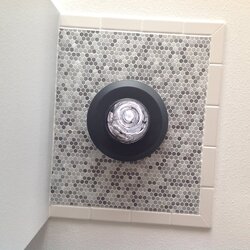
Hello, have been a burner in the past, we built a new home on our farm, and have plans to use our new custom ideal steel stove as an aux heat source. Stove is in garage, not yet installed and getting ready to install, when we noted with our first extreme cold snap, that our triple wall chimney pipe has condensation in the interior of the flue. It is dripping straight down, and we had some 8" of insulation stuffed in the pipe to keep the warm air from traveling up the pipe. We still have water condensation. Only in the am when sun hits the pipe when temps are below 15, not at night, or in afternoon, or any other time. Only when sun hits the pipe.
Pipe goes straight up through 9' ceiling, into the upstairs inside a chase between closets, and out the house, all code and meeting all clearances.
Humidity in house is low, less than 20-30% and the house has been built for a year. I took a photo of the ceiling and pipe, and also outside of house. I do not want to install my new stove if it is going to end up rusting out because of condensation.
Need some assistance as soon as possible, local chimney sweeps don't want to drive an hour to our home, because they say, it shouldn't be doing this. Install is planned in a week. Maybe.
R50 insulation cellulose in attic, spray foam side walls, all clearances appropriate in attic,
Thoughts, help.
Wade

Last edited by a moderator:

